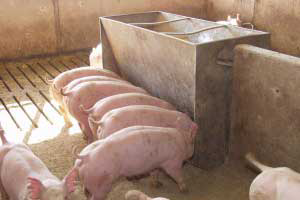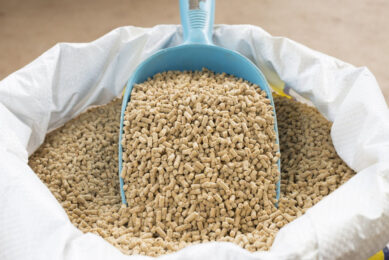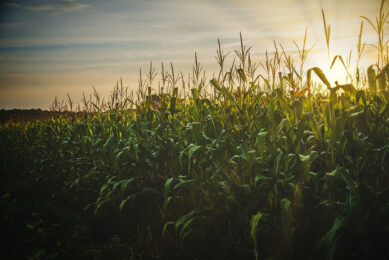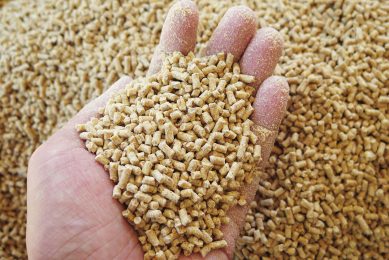Alternative feed ingredients offer potential cost savings

A nutritionist with the Prairie Swine Centre in Saskatchewan, Canada says, at a time when feed grain prices are rising and hog prices are not, pork producers can reduce their feed costs by substituting a variety of alternative ingredients into the diet.
As a result of drought in the United States and eastern Canada feed grain costs have been particularly volatile this summer.
In response to increasing feed grain costs the Saskatoon based Prairie Swine Centre has been evaluating several alternatives to feed grains for a number of years.
Research scientist nutrition Dr. Denise Beaulieu says in western Canada producers can use legume sources and scientists have been looking at by-products of the traditional feed grains including by-products of milling, wheat shorts and DDGS from ethanol production.
“Most of them will come in slightly cheaper,” Dr. Beaulieu said to Farmscape.
“The producer or whoever is making the diet has to cost them based upon what nutrients they contain so you have to cost them depending upon what you’re going to substitute them for so cost them into the ration.
“If they’re going to supply for example energy or protein you would maybe compare them to soybean meal or one of the parent grains.
“They will be cheaper but then they probably supply fewer nutrients than the other grains so it’s not just a direct comparison of the cost.
“Availability can be an issue, especially availability at a consistent quality can definitely be an issue especially if large quantities are needed.
“For example for a feed company that produces tons and tons of feed a day, it may be difficult to get a good steady supply of these.”
Dr. Beaulieu notes most of these by-products are lower in energy than their parent grains and a major concern is a lot of these by-products tend to be more variable in quality.
She says, even though growth will be slowed and it’ll take longer for the pigs to get to market, many producers are looking at feeding diets that contain less energy to save on costs.











